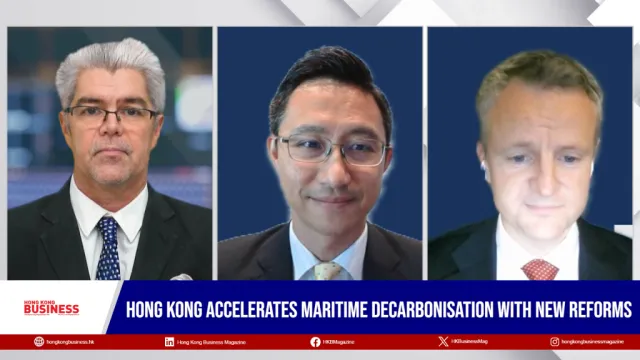What's putting pressure on Hong Kong's labour market?
By Dean StallardThe 2015 Hays Global Skills Index, produced in collaboration with Oxford Economics, has given Hong Kong the highest possible score of 10 for overall wage pressure in an assessment of 31 skilled labour markets around the world.
The Index scores Hong Kong's labour market against seven indicators, or points of pressure. For each indicator Hong Kong received a score out of 10. A zero score indicates little to no pressure, while a score of 10 shows severe pressure. The Index shows that in Hong Kong, pressure on our labour market comes from three main points.
The first is 'overall wage pressure', for which Hong Kong received the highest possible score of 10 for the second consecutive year showing that wages are increasing much quicker than we have historically seen. This is evidenced by overall labour market tightness as employers compete for talent based on salary. It also shows that further salary increases are unlikely to alleviate the skills shortage.
With our open business environment, low tax rates, world-class infrastructure, and close proximity to China, many multinationals use Hong Kong as their Asian base. Although Hong Kong does have some reliance on tradeflow in and out of mainland China, it has also become the go-to location for companies to set up their global procurement hubs for sourcing throughout China and South East Asia.
Add the launch of the Shanghai-Hong Kong Stock Connect, our position as a leading global financial centre, and the high cost of living and it's no wonder the labour market is pressured.
The second indicator or pressure point measures the rate at which wages in high-skill industries outpace those in low-skill industries. Hong Kong received a score of 6.2, showing that wages in high-skill industries are rising much quicker than those in low-skill industries relative to the past.
This is one point up from 5.1 last year, which shows that industry-specific skill shortages are becoming more acute. Industries like engineering, technology, and life sciences, for example, require higher-skilled staff than other industries. As it takes time to undertake the training necessary to work in those industries, it makes them more vulnerable to skill shortages.
The third indictor or pressure point is 'labour market participation', for which Hong Kong received a moderately high score of 6.1. Bringing more people into the workforce is a way to improve economic and labour market performance. But pressure comes because most of our workforce is already utilised and therefore the available talent pool can't be increased much.
With a positive forward economic outlook, both vacancy activity and candidate demand will intensify further and this indicator score suggests that employers must innovate if they are to attract top talent.
For the remaining four indicators, the Hays Global Skills Index ranked Hong Kong fairly positively. Our education system is very well equipped to meet future talent needs (we received 1.8 for 'education flexibility'), our labour market legislation is fairly flexible (2.4 for 'labour market flexibility') and candidates usually possess the skills employers are looking for (4.9 for 'talent mismatch'). These are all positives for since they indicate low pressure points.
Interestingly, for the last indicator of 'wage pressure in high-skill occupations', Hong Kong received the lowest score possible of 0. Some occupations require a higher amount of training and education and the fact that we received a zero suggests that wages for highly-skilled candidates such as managers, senior officials, or skilled trades are rising slower than for low-skilled candidates such as process, plant and machines operatives, and administration workers.




















 Advertise
Advertise






